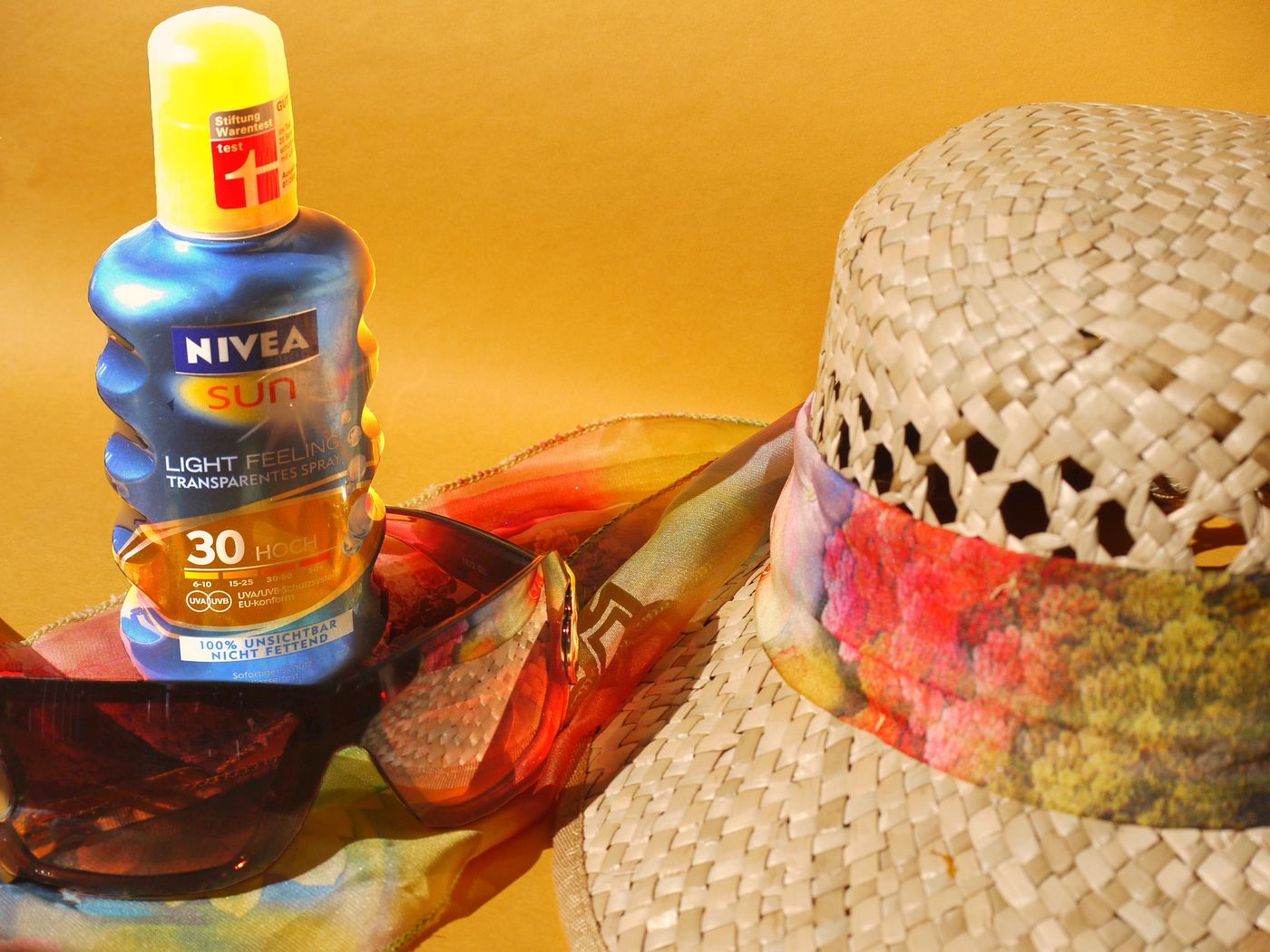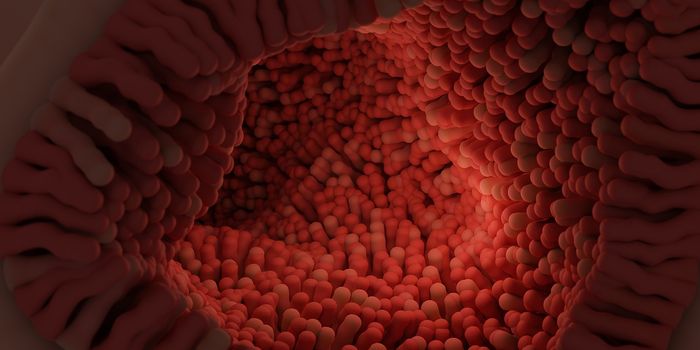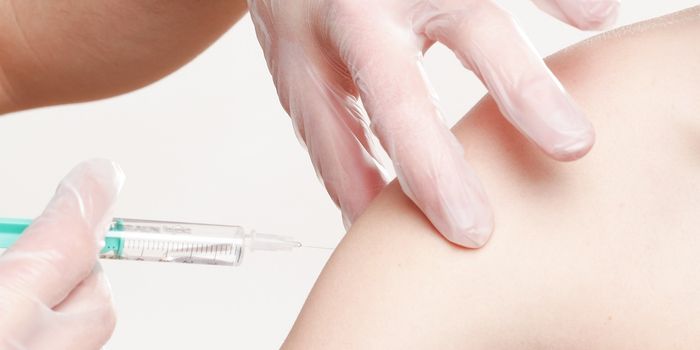Photosensitivity Linked to Immune Cell Dysfunction
A collaborative study published in Science Translational Medicine, by researchers at the Hospital for Special Surgery and other institutes nationwide, discovered a type of immune cell that appears to play an essential role in photosensitivity. Photosensitivity, also known as a sun allergy, affects 30 to 60 percent of people with lupus, as well as other individuals with autoimmune diseases or dermatologic conditions. "Photosensitivity is poorly understood, and we launched the study to gain insight into the underlying cause," explained Theresa Lu, MD, Ph.D., lead investigator and associate scientist in the Autoimmunity and Inflammation Program at HSS. "Current treatment consists mainly of sun avoidance and sunscreen to prevent the skin rash. A better understanding of the cellular mechanisms involved in photosensitivity could lead to improved treatment." But what exactly is photosensitivity and what seems to be the cause?
Photosensitivity is an immune system reaction to sunlight that commonly manifests as an itchy red rash and sometimes as hives or small blisters. Typically, these rashes occur on the neck, back of the hands, outside of the arms, and the lower legs with more severe cases spreading to skin that is usually protected by clothes. Just like most allergies, the immune system recognizes a nonharmful component as “foreign,” in this case something in the sun-altered skin, that triggers it to mount an immune response against that component even if it may not be dangerous. There are different types of sun allergy, but the most common are polymorphous light eruption which appears as an itchy rash after sun-exposure, a hereditary form called actinic prurigo, photoallergic eruption which is caused by a chemical reaction, and solar urticaria that produces hives. Treatment of a sun allergy usually lies in prevention methods such as sunscreen, clothing, limiting outdoors time, sunglasses, and being aware of any products or medicines that may trigger a photoallergic eruption. If a rash or hives occur, treatment can include cold compresses, oral antihistamines and cortisone creams, elimination of products of medicines that trigger a reaction, or prescription-strength antihistamines or cortisone creams.
Dr. Lu and colleagues sought to determine the underlying cause of this photosensitivity, leading them to the immune cells known as Langerhans cells which are found in the top layer of the skin and known to protect against infection. Epidermal growth factor cytokines are essential for healthy keratinocytes cells that are located in the top layer of the skin. Langerhans cells express ADAM17, a molecule that activates the epidermal growth factor cytokines when exposed to UV light. The study found that in individuals with lupus the Langerhans cells express less of the ADAM17 molecules leading to lower levels of epidermal growth factor cytokine activation. When this cellular pathway is not functioning properly the epidermal growth factor cytokines are unable to protect the skin.
These results show that Langerhans cells not only play a pivotal role in photosensitivity but have a previously unknown function as protectors of the skin when exposed to UV light. The discovery of this role opens a potential route for treatment, but studies will continue to elucidate the underlying biological causes of photosensitivity in more detail as well as the biological reasoning for increased susceptibility of lupus patients to the condition.
To learn more about photosensitivity watch the video below!
Sources: Science Translational Medicine, Harvard Medical School, The Skin Cancer Foundation, Merck Manual









